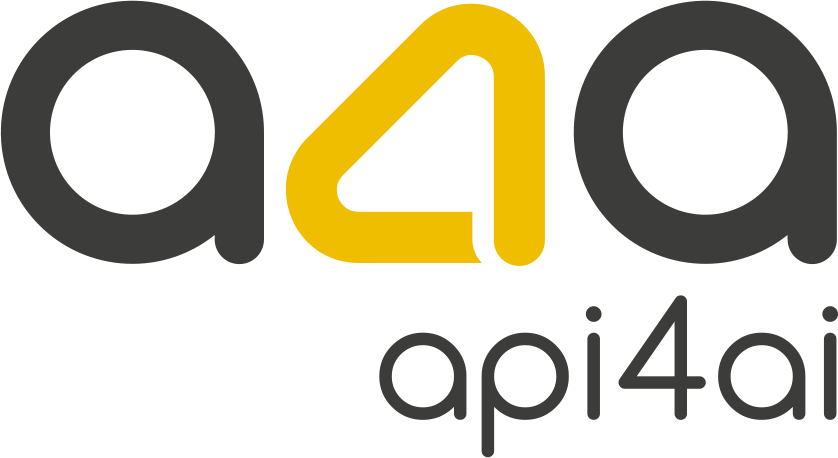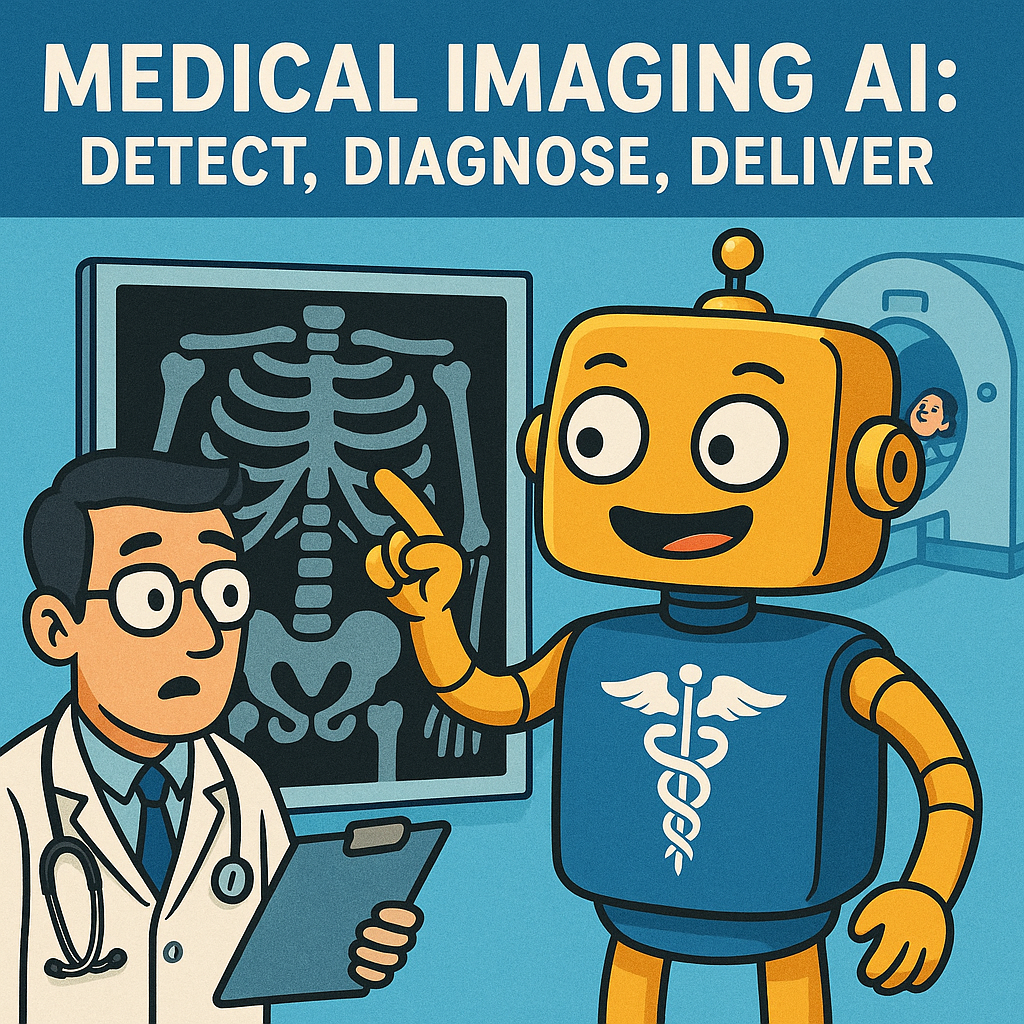
Medical Imaging AI: Detect, Diagnose, Deliver
Medical imaging is undergoing a powerful transformation. Thanks to deep learning models like Convolutional Neural Networks (CNNs) and Vision Transformers (ViTs), AI can now detect tumors, fractures and subtle anomalies faster and more accurately than ever before. This blog explores how these technologies are reshaping diagnostic workflows, boosting radiologist efficiency and improving patient outcomes. From secure data handling to real-world deployment strategies, discover why AI-powered imaging is becoming essential for modern healthcare — and how cloud-based APIs and custom AI solutions are making advanced diagnostics more accessible. Whether you're a healthcare professional, a tech enthusiast or a decision-maker in medical innovation, this is your guide to the future of diagnostic imaging.

Edge AI Vision: Deep Learning on Tiny Devices
Edge AI Vision is transforming smartphones, drones and IoT cameras by bringing real-time image recognition and object detection directly onto tiny devices. In this guide, discover how lightweight architectures like MobileNet and YOLO Nano, combined with powerful techniques like pruning, quantization and knowledge distillation, make deep learning models fit and perform on limited hardware. Learn how to pick the right accelerators — from mobile GPUs to dedicated NPUs — and build a scalable deployment pipeline with on-device inference, OTA updates and cloud-edge synergy. Master the art of turning hardware constraints into strategic advantages and unlock the next wave of innovation with deep learning at the edge.

Autoencoders Explained: Denoise & Compress Pics
Autoencoders are transforming how we process and understand images in the AI era. These powerful neural networks don’t just copy data — they learn to capture the essence of an image, making them incredibly useful for cleaning up noise, compressing large files, and even spotting subtle anomalies that would otherwise go unnoticed. In this comprehensive, beginner-friendly guide, we break down how autoencoders work, including their encoder-decoder structure, the concept of latent space and how they rebuild clean, compact versions of input images. You'll discover how they outperform traditional filters in denoising, beat classic formats like JPEG in compression and provide a flexible, scalable method for visual anomaly detection. Whether you’re a developer, data scientist or product owner, this post will help you understand how to build, train and deploy autoencoders in real-world pipelines — across industries like retail, healthcare, logistics and beyond.
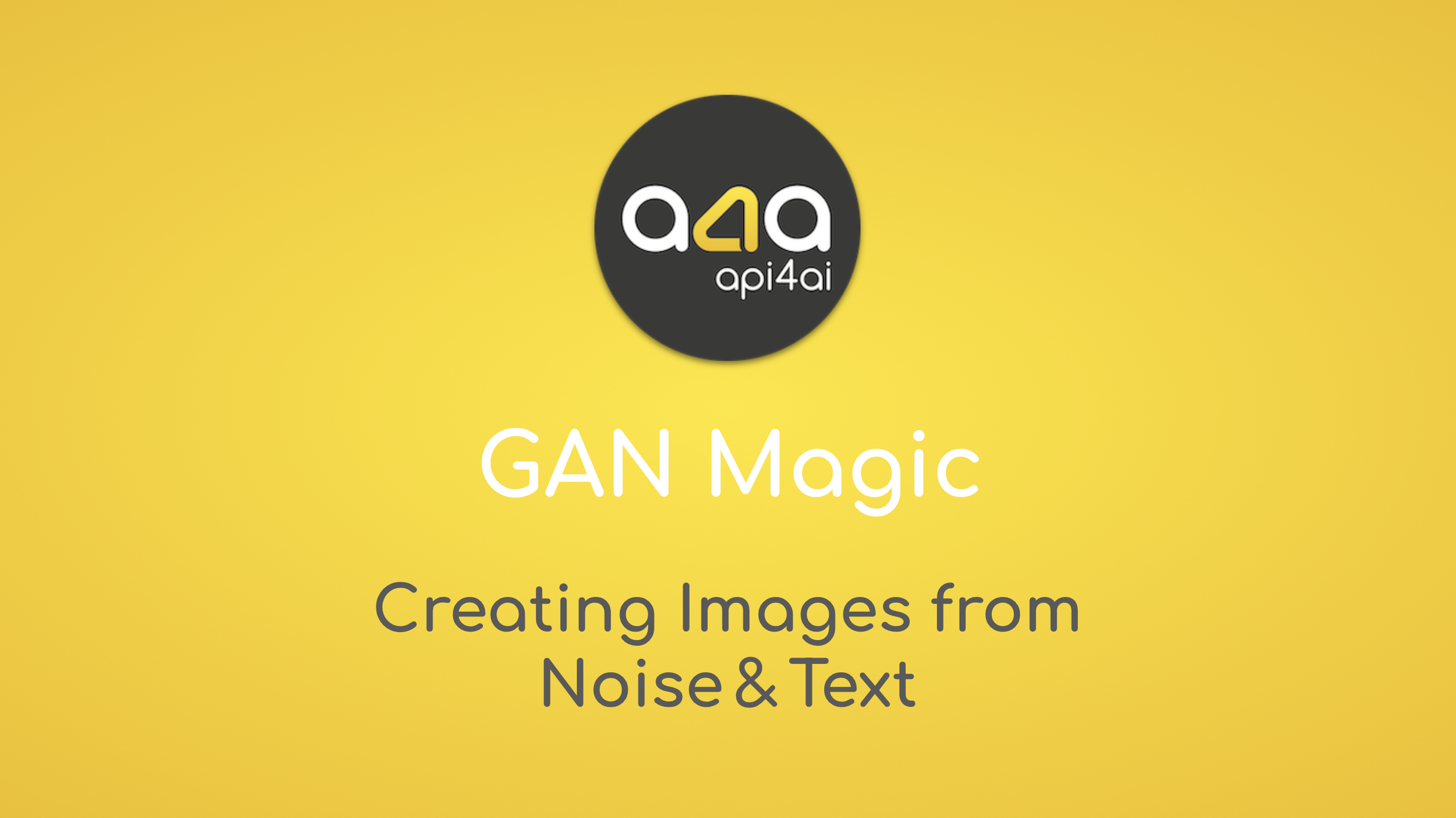
GAN Magic: Creating Images from Noise & Text
Generative Adversarial Networks (GANs) are revolutionizing the way we create visual content — turning noise into photorealistic faces, powering deep-fake video, designing synthetic product photos and even generating stunning images from simple text prompts. In this beginner-friendly guide, we explore how GANs work, why they're essential in 2025's AI-driven content workflows and how businesses and creatives alike can harness their potential for faster, smarter and more scalable visual production.
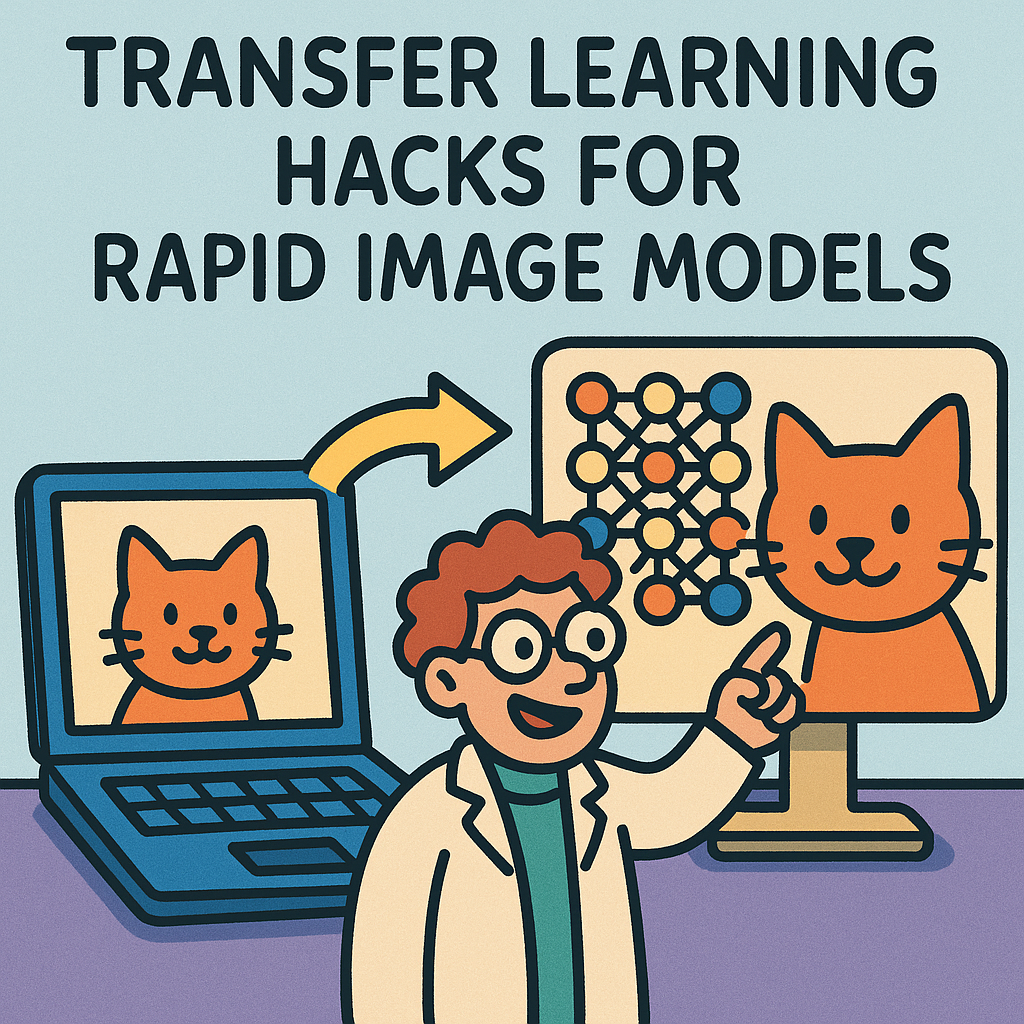
Transfer Learning Hacks for Rapid Image Models
Transfer learning has revolutionized the way we build image models — especially when time, data or compute power is limited. In this beginner-friendly guide, you'll learn how to fine-tune pre-trained giants like VGG, EfficientNet and CLIP to achieve fast, accurate results on small datasets. From smart layer freezing to real-world use cases in retail, agriculture and content moderation, we’ll show you how to build powerful vision systems without starting from scratch. Perfect for startups, solo devs or any team looking to do more with less.
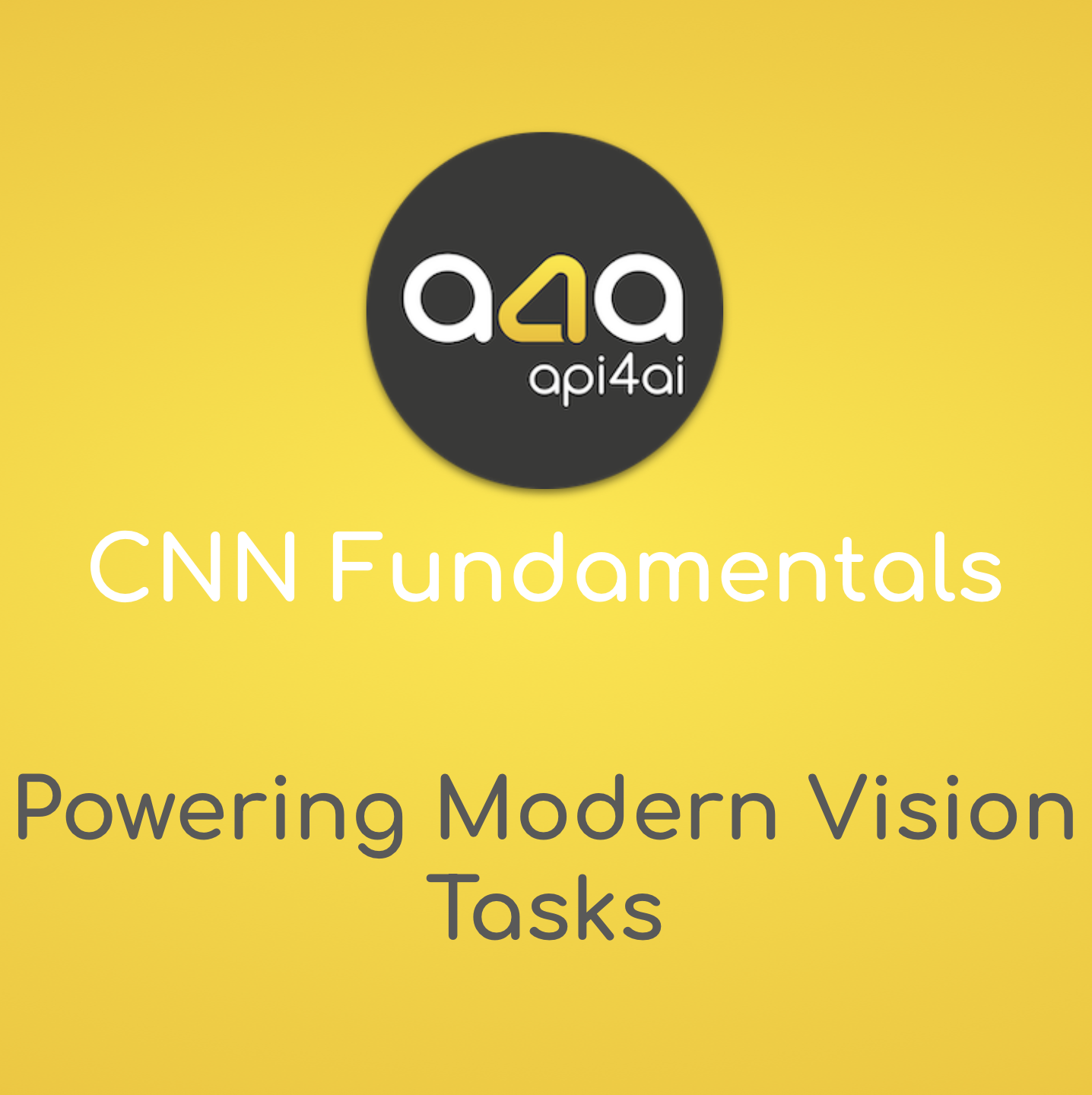
CNN Fundamentals: Powering Modern Vision Tasks
Convolutional Neural Networks (CNNs) are the driving force behind many of the visual technologies we rely on every day — from unlocking our phones with facial recognition to enabling autonomous vehicles to understand their surroundings. But how do these networks actually work? In this beginner-friendly deep dive, we break down the core building blocks of CNNs, including convolutional layers, kernels, pooling, and activation functions. You'll learn how modern architectures like ResNet have overcome critical challenges to power advanced vision systems used in industries like retail, automotive, security and marketing. We’ll also explore real-world applications — such as OCR, background removal, logo detection and content moderation — and walk you through your options for training models, using pre-trained networks or deploying ready-to-use APIs. Whether you're just starting with deep learning or exploring how to bring AI vision into your product, this guide provides the clarity and insights you need to move forward with confidence.

Top AI Trends in the Travel & Hospitality Industry
From auto-tagging hotel and resort images to building immersive virtual tours and moderating user-generated content, artificial intelligence is rapidly transforming how the travel and hospitality industry manages visual content. In this in-depth article, we explore the top AI trends that are redefining guest engagement, boosting operational efficiency and improving conversion rates across booking platforms. You'll learn how technologies like photo labeling, face anonymization, background removal and visual search are helping brands stay competitive in an increasingly image-driven market. Whether you're part of a boutique hotel, a global chain or a travel tech startup, this guide offers practical insights into how AI-powered image processing can upgrade your digital presence, streamline workflows and elevate the booking experience for the modern traveler.
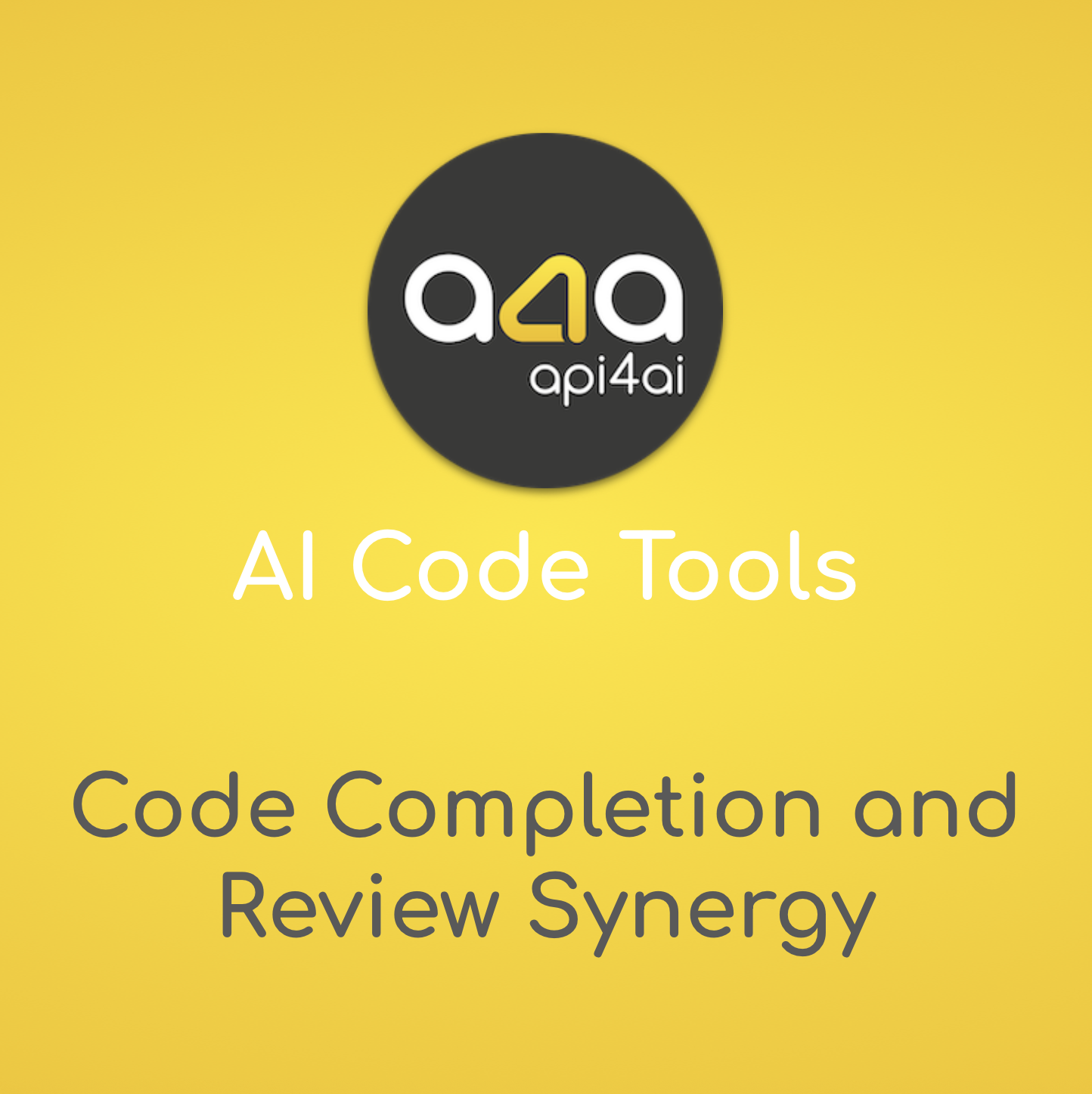
AI Code Tools: Code Completion and Review Synergy
AI is no longer just a buzzword in software development — it's becoming a powerful ally at every stage of the coding process. In this article, we dive deep into how two AI tools — code completion and automated code review — work together to transform the developer experience. You'll learn how real-time suggestions from large language models can speed up coding, while AI-driven reviews provide instant, consistent feedback on merge requests. We also explore practical integration tips, real-world examples like CRken for GitLab and the future of development powered by multimodal AI. Whether you're part of a fast-paced startup or a large engineering team, this synergy offers a smarter, faster and more efficient path to high-quality code.
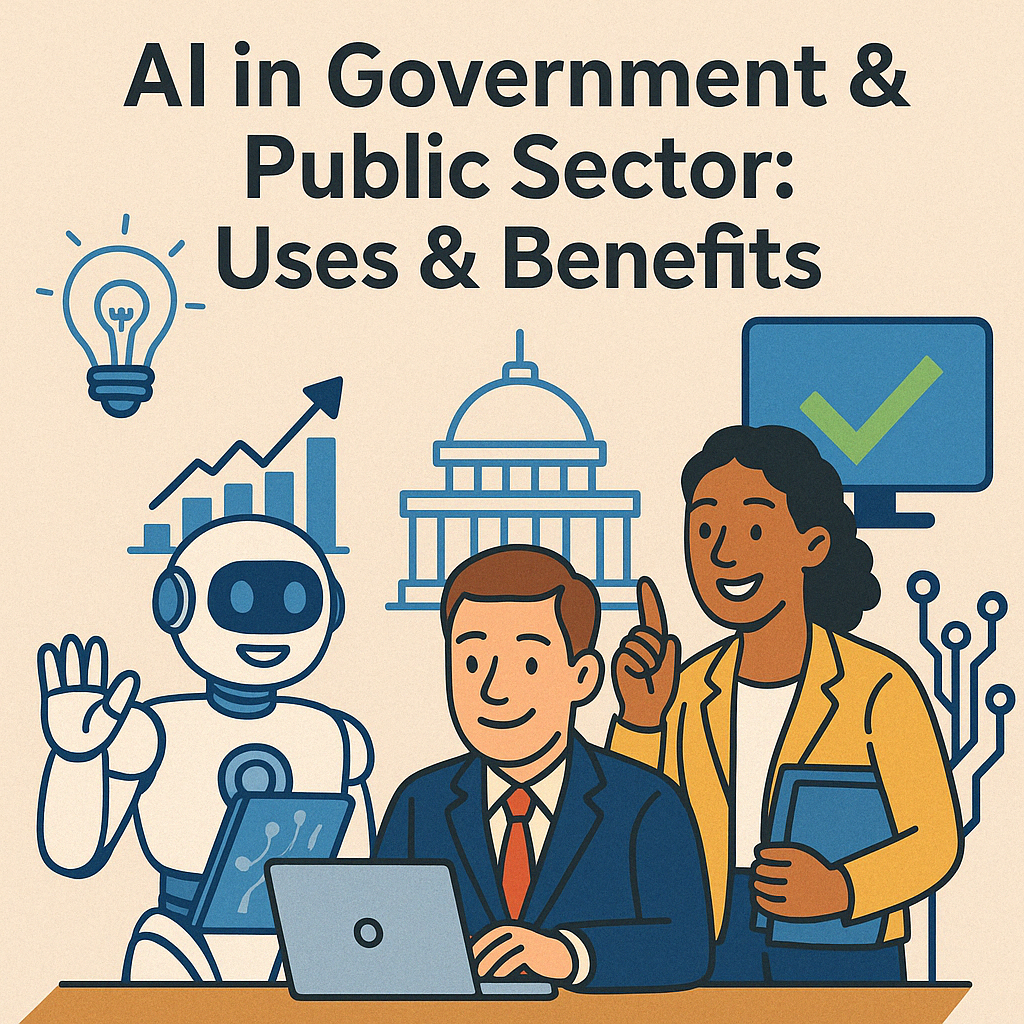
AI in Government & Public Sector: Uses & Benefits
Artificial intelligence is playing a growing role in reshaping how governments and public sector organizations operate. Tasks that once required manual effort — like verifying identity documents or inspecting aging infrastructure — can now be streamlined using AI-powered computer vision technologies. In this article, we explore two high-impact areas where AI is already making a measurable difference: digitizing public records and ID verification and monitoring roads, bridges and facilities with drone imagery. Learn how tools like OCR, face recognition and object detection are helping agencies reduce paperwork, detect maintenance issues faster and deliver citizen services more efficiently. Whether through ready-to-use APIs or custom AI solutions, the public sector now has an opportunity to modernize operations, improve safety and build greater trust with the communities they serve.

AI APIs for Finance & Banking: 2025 Use Cases & Benefits
In 2025, artificial intelligence is no longer a futuristic add-on in finance — it’s becoming the core engine behind secure, efficient and customer-friendly operations. AI-powered computer vision is playing a critical role in automating document processing and fraud detection, replacing manual bottlenecks with lightning-fast, scalable workflows. From extracting data from ID documents to verifying faces and signatures, these technologies help banks onboard customers faster, prevent fraudulent activities and maintain full compliance with global regulations. In this blog post, we explore how ready-to-use AI APIs and custom vision solutions are helping financial institutions modernize their operations, reduce costs, and deliver exceptional user experiences — while staying one step ahead of emerging fraud threats and rising regulatory demands.
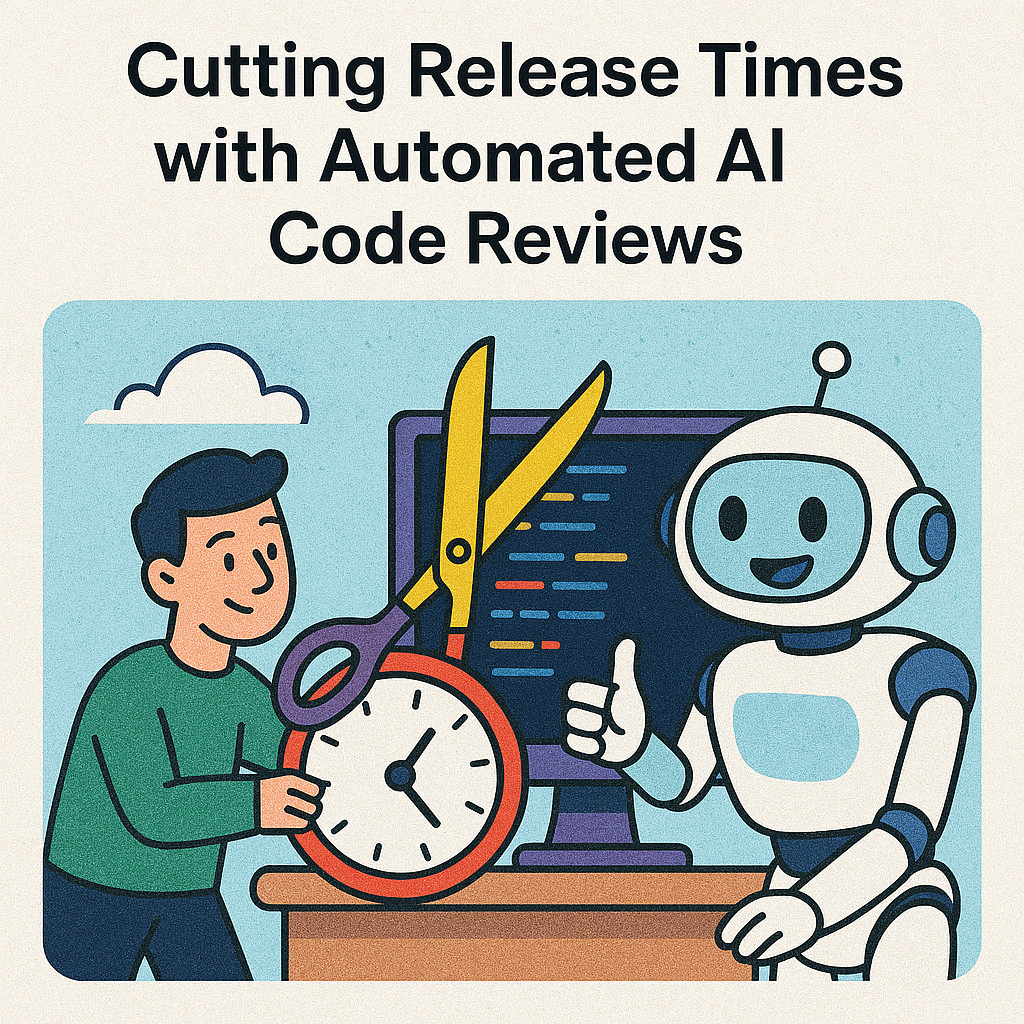
Cutting Release Times with Automated AI Code Reviews
Manual code reviews, while essential for maintaining code quality, often become a bottleneck — causing delays, introducing inconsistencies and increasing developer fatigue. As teams scale and projects become more complex, relying solely on human reviewers slows down release cycles and affects overall productivity. In this blog post, we dive into how automated AI code review APIs are reshaping the software development process. Powered by large language models (LLMs), these tools provide instant, intelligent feedback directly within GitLab and GitHub workflows. We’ll explore how AI reviews enable up to 30% faster release times, reduce context switching, support multiple languages and promote cleaner, more consistent code. From seamless CI/CD integration to the future of auto-suggested fixes, this post covers the key reasons why now is the time to adopt AI-powered reviews and future-proof your development pipeline.

AI in Food & Beverage: Menus & Quality Checks
AI is revolutionizing the food and beverage industry by bringing intelligence and automation to everyday operations. Through advanced image processing, businesses can now recognize dishes from photos, auto-generate and update digital menus and provide accurate nutritional information without manual input. At the same time, AI-driven quality checks are helping detect food spoilage early, ensure brand consistency in packaging and reduce operational waste. These technologies not only streamline internal processes but also enable highly personalized customer experiences based on dietary preferences and order history. As the industry becomes more competitive and consumer expectations rise, AI-powered solutions offer a clear path to greater efficiency, compliance and customer satisfaction. This article explores the key applications, benefits and implementation strategies that are shaping the future of food and beverage through AI innovation.

Game Industry and AI: How Computer Vision Is Shaping the Future of Gaming
Computer vision is rapidly emerging as a cornerstone of modern game development, offering game creators powerful new tools to enhance interactivity, personalization and immersion. From real-time facial recognition and gesture tracking to object detection and scene understanding, computer vision allows games to "see" and respond to the physical world in real time. This blog post explores the most impactful trends and use cases — such as dynamic avatar creation, immersive AR/VR gameplay, intelligent content moderation and brand-integrated monetization strategies — that are redefining the player experience. It also outlines the technical roadmap for implementation, highlights ethical considerations like data privacy and examines the benefits of both ready-to-use APIs and fully custom AI solutions. Whether you're building a mobile AR game, a VR simulation or a cross-platform metaverse experience, understanding and adopting computer vision technology is key to staying competitive and future-ready in the evolving gaming landscape.

Top AI Trends in the Sports Industry for 2025
Artificial intelligence is no longer a futuristic concept in sports — it’s a powerful tool that’s reshaping how athletes train, how fans engage and how decisions are made on and off the field. In 2025, AI-driven solutions such as computer vision, machine learning and big data analytics are playing a central role in real-time player performance tracking, injury prevention and immersive content delivery. From football clubs scouting talent using video analysis to basketball leagues generating automated, personalized highlight reels, the applications are vast and growing. This blog post explores the most impactful AI trends revolutionizing the sports industry today and offers insights into how organizations — whether elite franchises or local clubs — can integrate off-the-shelf APIs or develop custom solutions to stay competitive in a data-driven era.
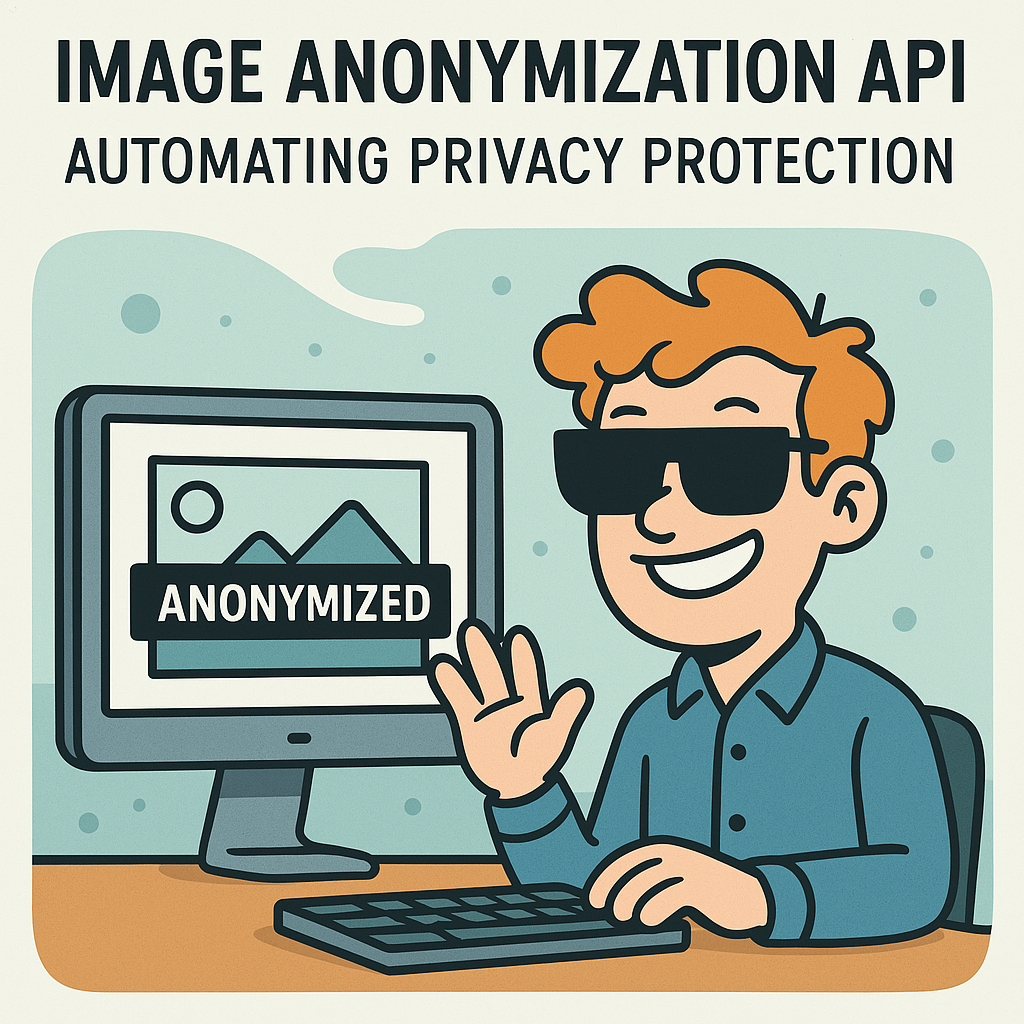
Image Anonymization API: Automating Privacy Protection
In an age where cameras are everywhere and visual data is collected at an unprecedented scale, protecting personal privacy has never been more important. From smart cities and retail environments to healthcare and academic research, images and videos often contain sensitive information such as faces, license plates and brand identifiers. Without proper handling, this data can expose individuals to risks and put organizations at odds with strict privacy regulations like GDPR and CCPA.
Image anonymization offers a reliable and scalable way to address this challenge. By using AI-powered tools to automatically detect and obscure sensitive elements, organizations can safely use visual content for analysis, sharing or public reporting — without compromising individual privacy. In this blog post, we take a deep dive into how automated image anonymization works, explore real-world use cases and share best practices for implementation. We’ll also look ahead at emerging trends like adaptive anonymization and highlight how cloud APIs can be combined with other image processing tools to build comprehensive, privacy-first solutions.
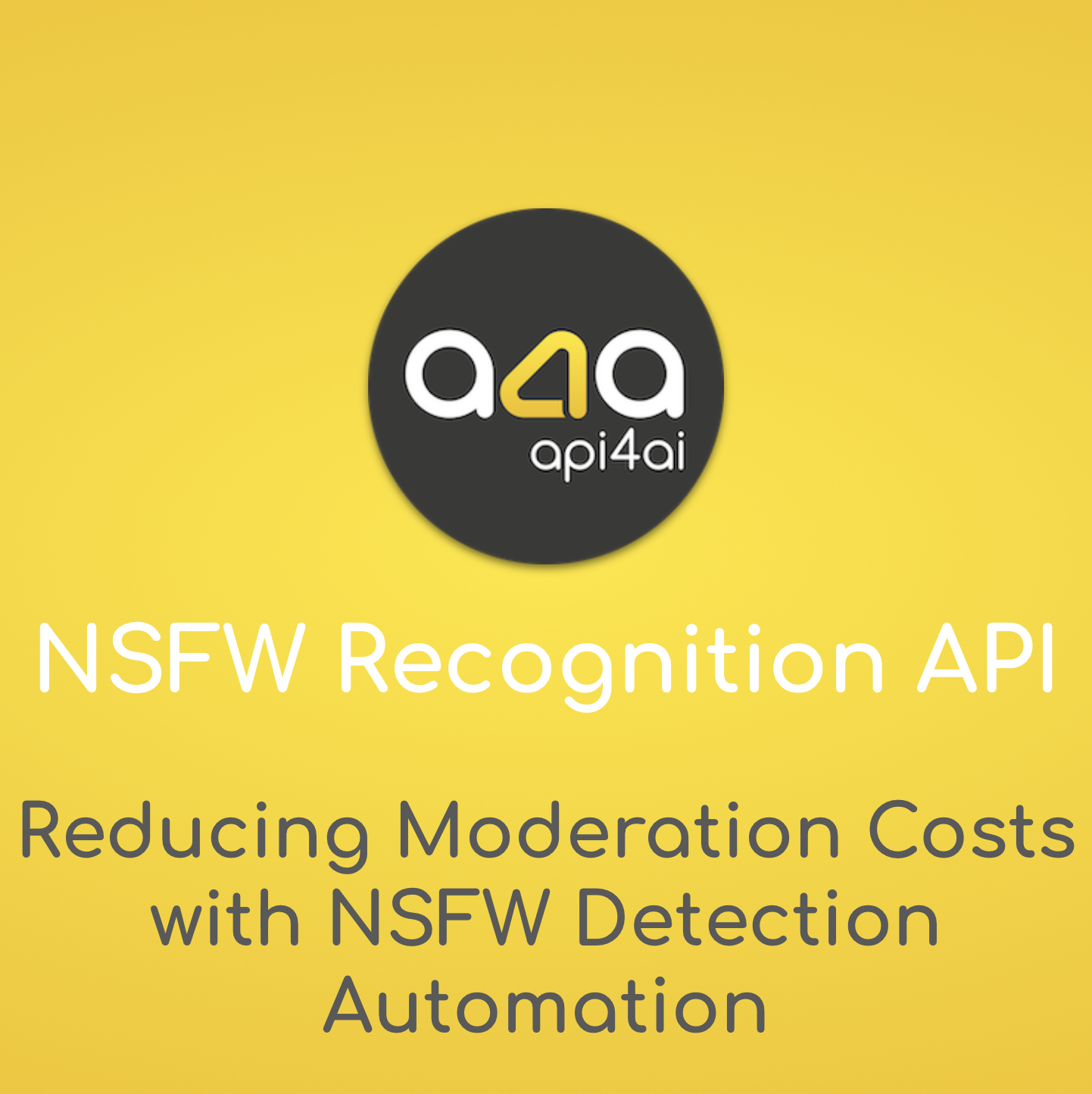
Reducing Moderation Costs with NSFW Detection Automation
As user-generated content continues to flood digital platforms, the challenge of moderating inappropriate material — especially NSFW (Not Safe For Work) content — has become more complex and costly. Relying solely on human moderators is no longer sustainable due to high operational expenses, slow response times and the emotional toll it takes on staff. In this blog post, we take a deep dive into how automated NSFW detection is revolutionizing content moderation. You’ll learn about the technologies powering AI-driven moderation, the key benefits of automation — including cost reduction, improved accuracy, and scalability — and real-world applications across industries like social media, e-commerce, video streaming and online education. Whether you're a startup or an established platform, discover why now is the time to rethink your moderation strategy and explore smart, scalable solutions that protect your users and your brand.
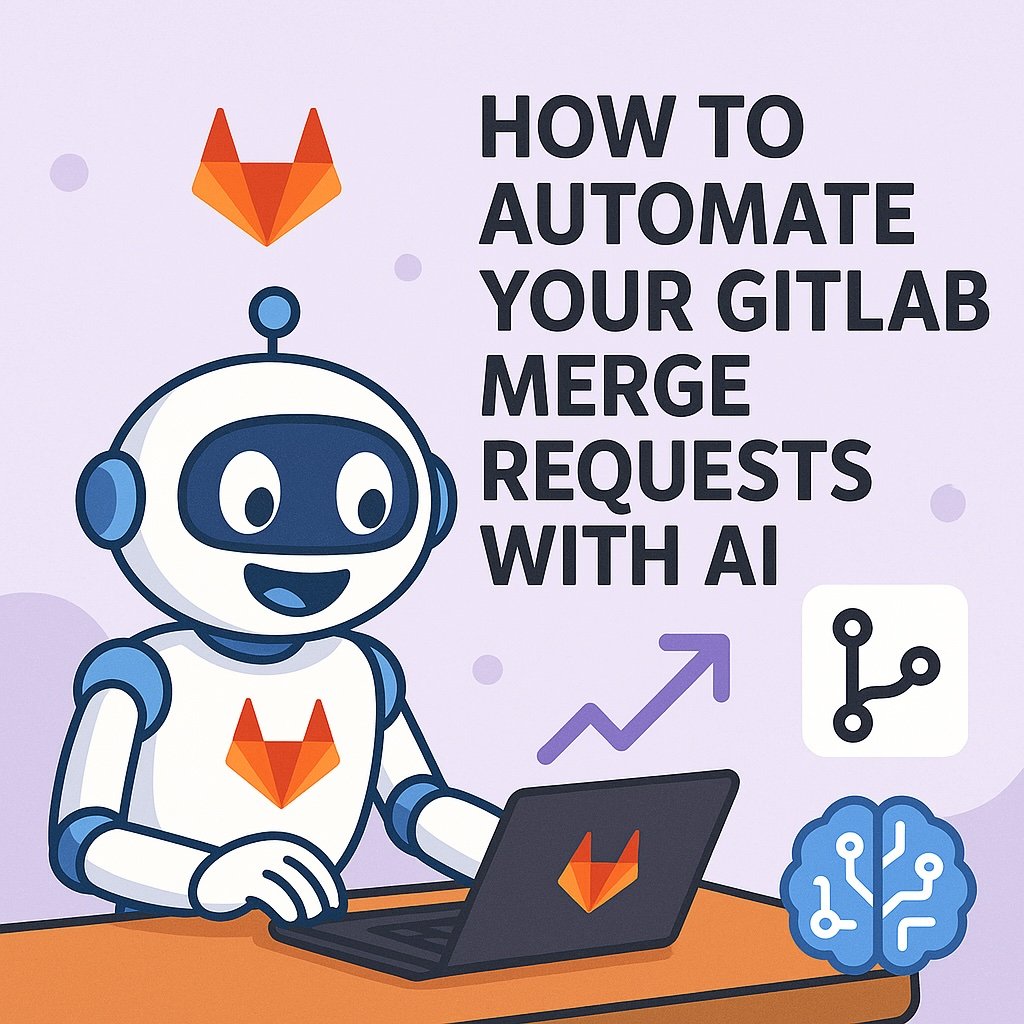
How to Automate Your GitLab Merge Requests with AI
As development teams face increasing pressure to deliver high-quality software at speed, traditional code review processes are becoming a major bottleneck. This blog post explores how integrating AI into GitLab Merge Requests can dramatically improve the way teams review and merge code. From reducing wait times and providing consistent, real-time feedback to supporting multiple programming languages and easing the workload on developers, AI-powered tools are changing the game. We’ll walk through how automated reviews work, highlight best practices for implementation, and showcase CRken — a cloud-based API built on advanced language models — as a real-world example of intelligent automation in action. Whether you're part of a fast-growing startup or a large-scale engineering team, this guide will help you future-proof your workflow and accelerate development without sacrificing quality.
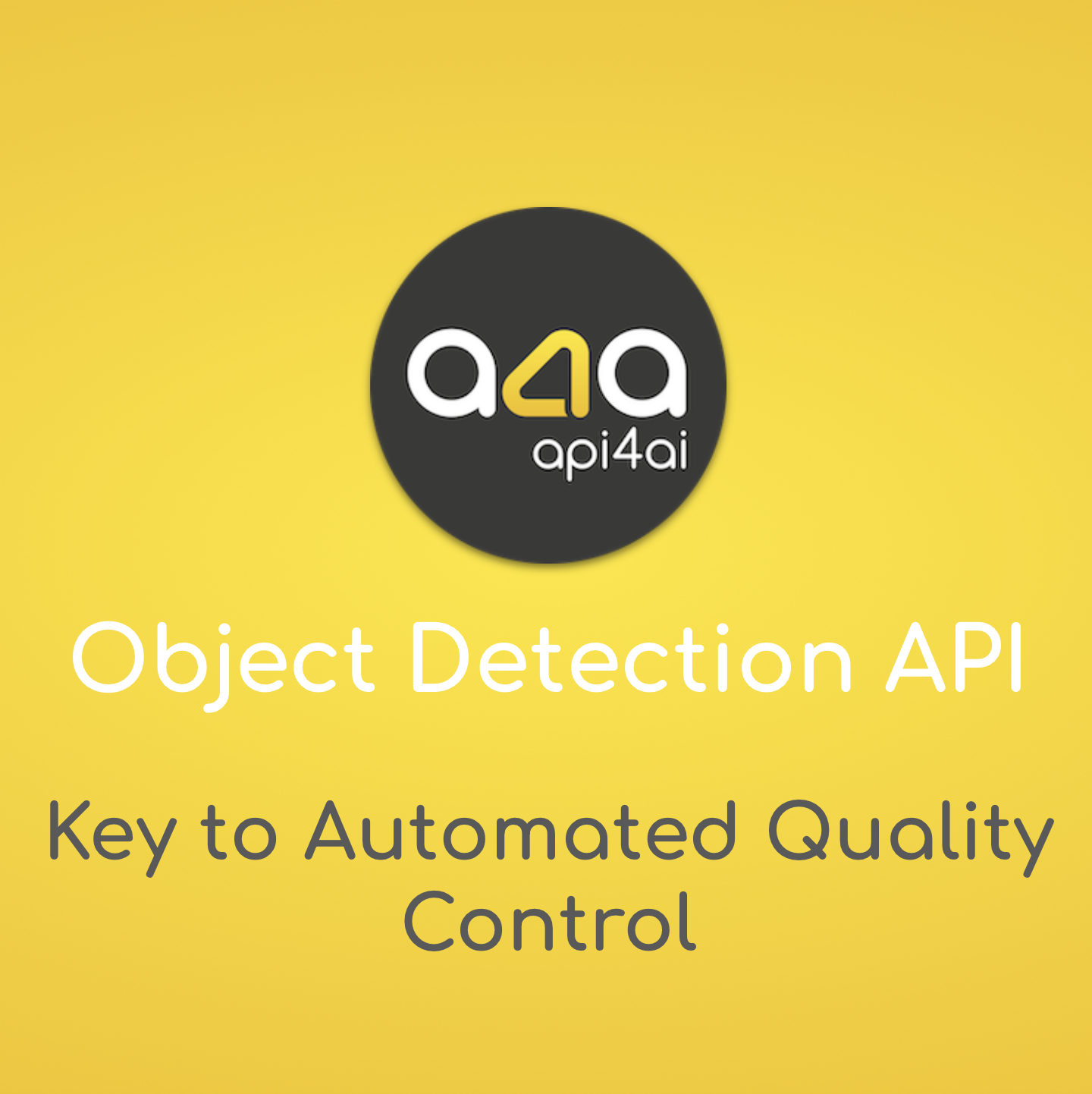
AI Object Detection API: Key to Automated Quality Control
In today’s fast-paced manufacturing environment, maintaining consistent product quality is more critical — and more challenging — than ever. AI-powered object detection is emerging as a powerful solution, enabling real-time identification of defects, reducing human error and streamlining quality control processes across industries. This blog post explores how manufacturers in sectors like electronics, automotive and food and beverage are using automated visual inspection to boost accuracy, scalability and efficiency. Learn about the key benefits, real-world applications and best practices for implementing object detection systems and discover how embracing AI today can lead to long-term profitability, reduced waste and stronger brand trust. Whether through ready-to-use APIs or custom computer vision solutions, the future of manufacturing quality control is here — and it’s intelligent, adaptable and automated.

5 Benefits of Background-Free Images for Auto Dealers
In today’s highly visual and competitive automotive market, the quality of your vehicle photos can make or break a sale. Background-free images are more than just a design choice — they’re a powerful tool for capturing buyer attention, creating a professional and consistent brand image and accelerating the path from listing to sale. In this article, we explore five key benefits of using clean, distraction-free visuals in your auto listings. You’ll also discover how AI-powered tools, like background removal and face detection APIs, are helping dealers enhance efficiency, build customer trust and maximize marketing impact across digital platforms. Whether you're managing hundreds of listings or just a few, embracing smart image processing can set your dealership apart and drive real business growth.

Top Industries Benefiting from Automated Image Anonymization
Visual data is both a powerful resource and a significant liability. Across industries — from healthcare and retail to automotive and financial services — protecting individuals' privacy within imagery is not just ethical but also legally mandatory. Automated image anonymization, powered by cutting-edge AI solutions, offers a robust and efficient way to address these challenges. Healthcare providers rely on these tools to comply with stringent regulations like HIPAA, safeguarding patient identities in medical imaging. Retailers enhance customer trust by anonymizing in-store video analytics and online shopper data. Meanwhile, automotive leaders leverage anonymization to secure personal information collected by smart vehicle cameras. With such widespread adoption and proven efficacy, AI-powered image anonymization APIs represent a transformative shift, helping businesses secure sensitive visual data effortlessly and effectively. Discover how automated anonymization is redefining privacy standards — and how your industry can benefit from these innovative solutions.
